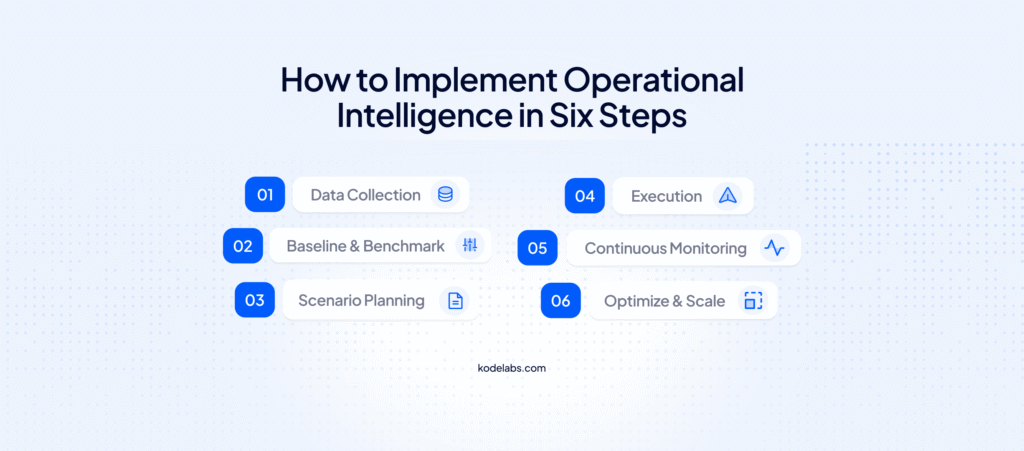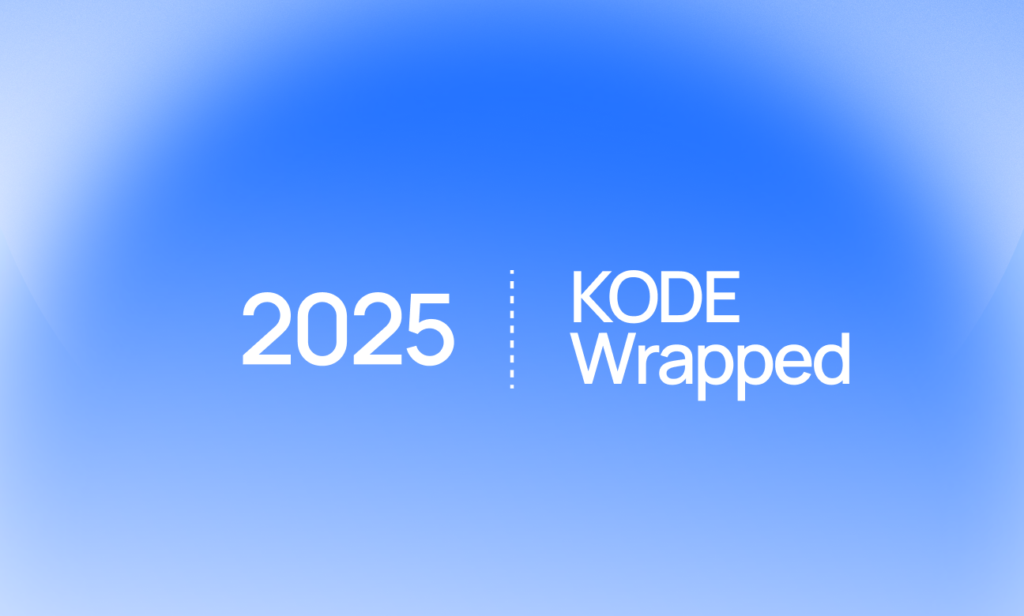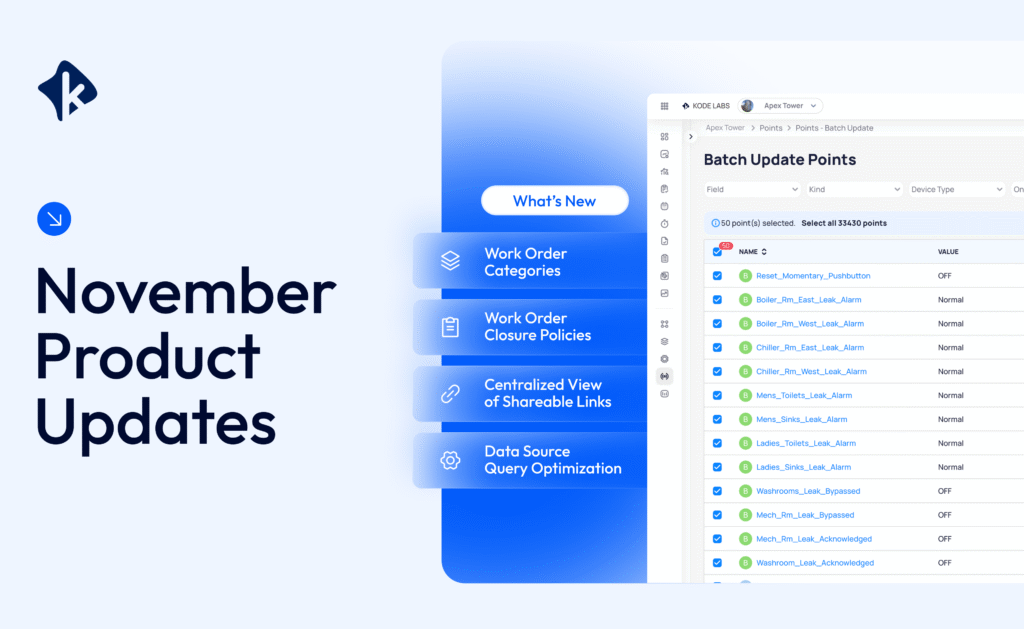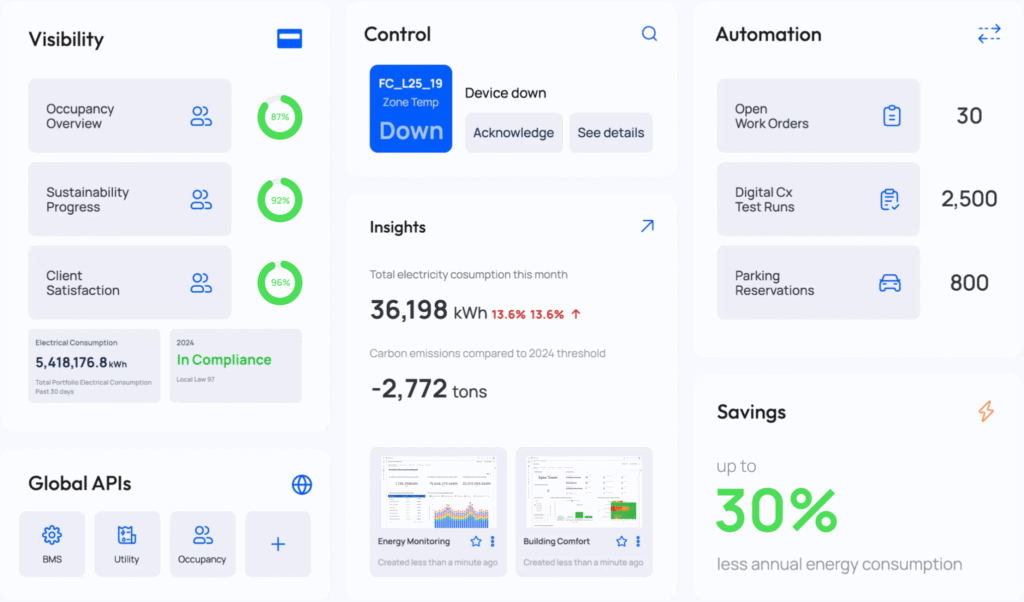On this page
Sign up to our newsletter
Subscribe to receive the latest blog posts to your inbox every week.
By subscribing you agree to with our Privacy Policy.
Hybrid work has changed how companies think about their offices, and the answer lies in operational intelligence. Once bustling headquarters and regional hubs now see large portions of their space sitting empty on any given day, with some studies showing 20-40% daily underutilization.
This shift is creating a challenge and an opportunity for corporate real estate and facilities teams: right-size the office footprint while still delivering an exceptional employee experience.
Operational intelligence unifies real-time occupancy, building systems, and analytics, enabling you to right-size space, lower energy and maintenance costs, and enhance employee experience. Use it to identify underutilized areas, consolidate floors, and automate HVAC/lighting based on actual demand, then track the results against cost and ESG goals.
What is Operational Intelligence?
Operational intelligence is the integration of real-time building data, analytics, and automation to make smarter operational and strategic decisions. By combining inputs from occupancy sensors, building management systems (BMS), IoT devices, and workplace tools, leaders gain a holistic view of how spaces are actually used and how they can be optimized.
Moreover, with platforms like KODE OS, operational intelligence goes beyond simple monitoring. It enables:
- Granular usage tracking for every floor, zone, and room.
- Automated adjustments to HVAC, lighting, and cleaning schedules based on occupancy.
- Data-driven planning for long-term real estate strategy.
Measuring Space Utilization with Precision
In a hybrid workplace, relying on headcounts or badge swipes often leads to costly misjudgements. Operational intelligence eliminates assumptions by combining occupancy sensors, BMS data, and workplace tools into a single, accurate picture of how space is really used.
Instead of general averages, organizations gain granular visibility:
- Which desks, zones, and rooms are consistently occupied vs. underutilized?
- Daily and weekly patterns (e.g., Tuesdays at 11 AM are peak, Fridays are low-traffic).
- Environmental factors that correlate with usage, such as temperature or lighting comfort.
As a result, this level of insight enables evidence-based decision-making:
- Space right-sizing: Consolidate underutilized floors while keeping high-demand areas available.
- Resource optimization: Redirecting cleaning, HVAC, and lighting schedules to align with real occupancy.
- Experience enhancement: Transforming low-use areas into collaboration hubs, wellness zones, or amenity spaces employees actually want.
- Strategic planning: Informing long-term lease negotiations, portfolio rationalization, and sustainability targets.
By turning raw usage into actionable intelligence, organizations don’t just reduce costs, they create workplaces that are leaner, greener, and better aligned with employee needs.
BMS vs Smart Building Operating System: Comparison
To further illustrate, here’s how a smart building operating system (providing operational intelligence) compares to a traditional BMS.
| Criteria | Traditional BMS | Smart Building OS |
|---|---|---|
| Data Scope | Point in time, siloed | Unified, portfolio-wide, real-time |
| Decisions | Manual, reactive | Automated, predictive |
| Space Insights | Limited | Room/zone/floor utilization + trends |
| ESG Reporting | Manual exports | Automated, audit-ready |
| Best For | Single Buildings | Multi-Site Portfolios |
This shift reframes building systems from a reactive cost center to a proactive intelligence layer that drives measurable value.

How to Implement Operational Intelligence in Six Steps
With these distinctions clear, here’s how to implement operational intelligence:
- Integrate your data: Connect BMS/BAS, meters, IoT sensors, and other tools into one platform (e.g., KODE OS).
- Baseline visualization: Measure occupancy by floor/zone/room and comfort metrics (temperature, CO2, light) for 4-8 weeks.
- Find opportunities: Flag underutilized areas, chronic hot/cold spots, and after-hours energy waste.
- Model scenarios: Simulate various considerations (e.g., 8 to 5 floors), amenity swaps, and new HVAC/cleaning schedules.
- Execute & automate: Right-size space, apply automated setpoints and schedules, update service levels.
- Measure & iterate – Track cost/energy/experience KPI’s, adjust quarterly, feed results into lease and CapEx planning.
Align Space to Employee Needs
Reducing office space doesn’t have to come at the cost of employee comfort or productivity. With operational intelligence, every square foot can be matched to the needs of the workforce, ensuring the right mix of quiet focus areas, collaborative hubs, and social spaces.
By blending occupancy data with environmental metrics (air quality, temperature, and lighting), facility teams can maintain active zones in a healthy and comfortable state while reducing resources in underused areas. This means employees benefit from a higher-quality experience, even in a smaller footprint.
For example, an organization might consolidate from eight floors to five. The freed capacity could then be reinvested into:
- Breakout spaces that encourage informal collaboration.
- Tech-enabled meeting rooms with AV and hybrid collaboration tools.
- Wellness zones supporting employee health, such as quiet recharge rooms or fitness spaces.
- Flexible layouts to adapt to changing team needs.
The result: A right-sized workplace where fewer square feet deliver more value, reducing costs while boosting engagement and satisfaction. Beyond employee benefits, operational intelligence also delivers significant efficiencies and sustainability wins.
Operational Efficiencies & Sustainability Wins
Right-sizing the footprint isn’t just about lowering rent, it unlocks a cascade of operational and environmental benefits that compound over time.
- Lower energy consumption: By consolidating active spaces, HVAC and lighting systems no longer run in unoccupied zones. Smart scheduling ensures that energy is only used where and when it’s needed, cutting costs and reducing carbon emissions.
- Reduced maintenance and service demand: Fewer assets in play mean less preventive maintenance, fewer reactive repairs, and smaller janitorial and security footprints. This lowers operational overhead while freeing teams to focus on high-value tasks.
- Extended asset lifespan: Equipment like chillers, boilers, and air handlers runs fewer hours and under less strain, meaning they last longer and require fewer costly replacements, delaying CapEx spend.
- Optimized cleaning and support services: Cleaning, catering, and security can be rescaled to actual usage, reducing both costs and waste (e.g., fewer catering orders going uneaten in half-empty spaces).
- Sustainability and ESG alignment: These operational gains directly translate into measurable sustainability outcomes, lower Scope 1 & 2 emissions, better energy intensity metrics, and tangible progress towards net-zero goals. By embedding footprint reduction into ESG strategy, organizations can strengthen compliance, attract green investment, and enhance brand reputation.
Together, these efficiencies turn footprint optimization into a triple win: cost reduction, smoother operations, and demonstrable ESG progress.
How Operational Intelligence Transforms Office Utilization
In one anonymized case, a Fortune 500 enterprise leveraged operational intelligence to consolidate around 25% of its office footprint across multiple regional hubs. The initiative followed a structured process:
- Data Collection: Occupancy sensors and BMS integrations revealed consistent underutilization across several sites, with entire wings operating at less than 40% capacity.
- Scenario Planning: Using real-time usage data, facilities teams modeled different consolidation strategies (e.g., reducing floors, merging departments, reallocating underused spaces).
- Execution: Over a 12-month period, the company consolidated space and reinvested savings into upgraded collaboration hubs, AV-equipped meeting rooms, and wellness amenities.
- Measurement: Post-consolidation, continuous monitoring validated performance improvements across financial, operational, and employee experience metrics.
The results:
- Annual lease savings: $2M+ by exiting and subleasing underutilized space.
- Energy cost reduction: Over 20% due to optimizing HVAC, lighting, and cleaning schedules.
- Employee satisfaction: Post-consolidation surveys showed higher comfort scores and stronger engagement with upgraded collaboration and amenity spaces.
The Future of Hybrid Workplace Management
The next evolution of operational intelligence is being shaped by AI, machine learning, and predictive analytics. These technologies will transform hybrid workplace management from reactive oversight to proactive, even autonomous, optimization:
- Predictive occupancy modeling: Instead of reacting to usage patterns, AI will forecast demand days or weeks in advance. Facility teams will know which spaces are likely to be full, which will sit empty, and how to best align resources.
- Dynamic environment control: Systems will self-adjust in real-time, ramping up HVAC or lighting in anticipation of scheduled team days, or scaling down when a floor is predicted to be under 20% occupied.
- Seasonal and project-based flexibility: Leaders will be able to flex their footprint in sync with business needs, such as scaling collaboration spaces during product launches or reducing active floors during holiday lulls.
- Continuous learning loops: Every adjustment feeds back into the system, resulting in smarter predictions and increased efficiency over time.
Looking ahead, workplaces will increasingly behave like living, adaptive ecosystems, expanding and contracting in harmony with workforce demand. This shift promises not only greater cost and energy efficiency, but also workplaces that are more human-centric, supporting comfort, collaboration, and wellbeing without waste. In conclusion, more innovative workplaces lead to stronger results.
Smarter Workplaces, Stronger Results
Hybrid work is here to stay, and with it comes a pressing need to rethink how we manage space. Operational intelligence provides a path to smaller, smarter, and more engaging workplaces that benefit both the bottom line and the people who work in them. Ready to see how operational intelligence could help you right-size your space while enhancing employee experience? Book a demo to see KODE OS in action.
FAQs
It’s the live integration of building systems, occupancy, and automation to optimize space, cost, and employee experience.
A BMS controls a single building’s base systems, while an operating system offers operational intelligence by unifying data across sites, adding analytics and automation, and informing portfolio-wide decisions.
Many see early wins (in energy/cleaning schedules) within 30-90 days. Consolidation benefits follow typical lease timelines.
BMS points, meters, occupancy, and booking data. You can start with what you have and expand.
Track utilization, energy per sq ft, maintenance workload, comfort complaints, and experience survey scores pre- and post-implementation.
No. Single sites benefit from automation and comfort tuning. Multi-site portfolios gain extra value from standardization.
Automated, auditable energy/carbon data streams simplify scope 1 & 2 tracking and certification submissions.
Done right, it improves comfort and amenities by reinvesting savings into high-value spaces.



